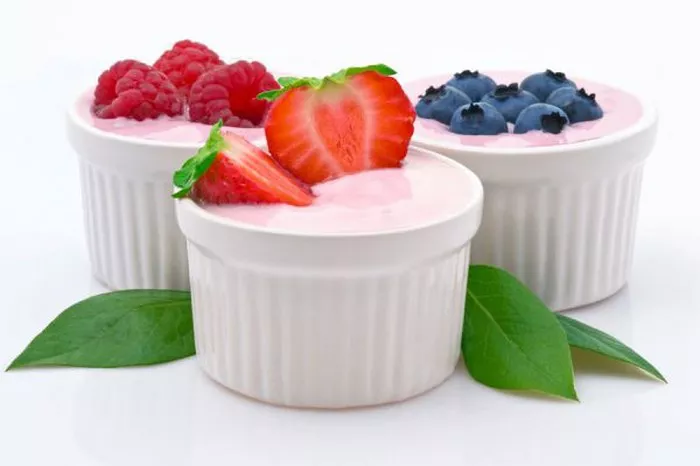Memorial Day, often hailed as the unofficial commencement of summer, typically ushers in a surge in ice cream consumption. However, concerns arise as extreme temperatures potentially deter individuals from indulging in this beloved treat.
Recent trends indicate a decline in ice cream consumption, with rising temperatures attributed to climate change speculated to sway preferences towards colder beverages over ice cream. Marion Nestle, a renowned professor of nutrition and food studies at New York University, notes that alongside climatic influences, cost plays a significant role in consumer choices, with the price of ice cream cones soaring compared to decades past.
In 2022, per capita consumption of traditional ice cream plummeted to 13 pounds from its 1975 peak of 18 pounds. Notably, a survey revealed Baskin-Robbins as the preferred ice cream brand in New Mexico, contrasting with Colorado’s affinity for Blue Bell. Nationally, brands such as Ben & Jerry’s, Breyer’s, and Tillamook remain popular choices.
The U.S. Department of Agriculture reports a steady decline in regular ice cream consumption, with various factors contributing to this trend, including dietary concerns such as lactose intolerance and efforts to reduce sugar and dairy intake. Nestle emphasizes moderation in dairy consumption, acknowledging ice cream as a treat rather than a health food.
However, amidst health concerns, a study by a Harvard doctoral student in 2018 suggests a potential link between moderate ice cream consumption and a reduced risk of cardiovascular disease, offering a glimmer of reassurance to ice cream enthusiasts.


